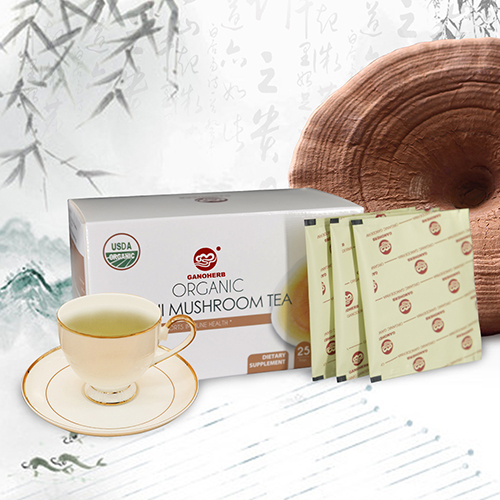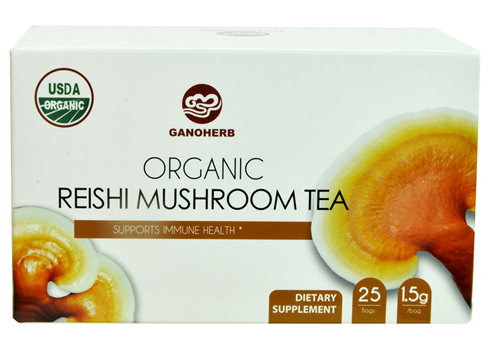Non-polluted eggplant cultivation management process
Sowing seedlings
It is now in winter and it can only be done in a nursery. The germination of eggplant requires higher temperature and the growth of seedlings is slow. In the current low temperature conditions, seedlings can only be raised in a nursery. Eggplant seedlings grow longer than tomatoes, about 70 days, due to not cold, transplanting and planting period can be in late March, sowing time in early January is better. Eggplant seedlings are susceptible to bacterial wilt and damping-off, and the seedbed soil should be strictly disinfected. Due to the slow growth of seedlings, in order to make economic use of the bed surface, it is possible to spread the seedlings, and then carry out 1-2 implants. Generally speaking, 3 or 4 true leaves will be planted for the first time, and 6 leaves will be planted for the second time. The distance between eggplant seedlings at the time of the last implant was about 10-13 cm. Eggplant should be soaked and sowed after germination, so that the emergence of a neat and rapid emergence. The temperature during the nursery period can be higher than that of tomatoes and peppers. The temperature in the large greenhouse after sowing should be maintained at about 25°C, kept at 15-20°C during the cloudy period of growing season, kept at 25~20°C during sunny days, and maintained at 10°C during the night. the above. The fertilization on the seedbed is also more than that of the tomato. In addition to the manure, some phosphorus fertilizers should be added in order to promote the growth of the seedlings and the development of the root system.
In the early stage of seedling growth, the seedlings should be seeded 1-2 times, and the seedlings that have been densely and too weakly seeded should be subjected to two false values ​​30 to 50 days after sowing, as mentioned above, during the growth of the seedlings. There are three or four true leaves. At one time, one prosthesis was performed and one month later, a second prosthesis was performed.
Daejeon colonization
In the spring of next year, Daejeon will be transplanted. Eggplant should not be used in conjunction with solanaceous fruit crops to prevent bacterial blight, bacterial wilt, and other soil-borne diseases. This can be done for 3-4 years. Eggplant requires fertile soil that retains water and fertility, and eggplant roots are well developed and should be deeply ploughed. Deep plowing can promote soil microbial activity, increase soil effective nutrients, enhance water retention and fertility, root growth is good, the ground grows strong, not easy lodging, high yield. Deep plowing about 30 cm, and use slag fertilizer as a base fertilizer, the effect is better.
Reasonable close planting is one of the measures to increase the yield. The rational close planting will achieve the maximum leaf area coefficient earlier than the sparse plant, which is beneficial to early production and can increase the total output. Chengdu Mulberry, bamboo silk multi-purpose 6650 cm row spacing, that row spacing 66 cm, spacing 50 cm, can be used to plant wide and narrow rows, favorable ventilation and light transmission, adjacent two narrow rows of earth, appropriate narrowing plant spacing, over dense planting eggplant Brown sphagnum and muttonosis have increased, and the fruit is poorly colored and prone to lodging.
Field management
Top-dressing: Due to the long growth period of eggplant, reasonable top-dressing is one of the main measures for high yield. After replanting Daejeon seedlings, it can be followed by thicker manure or chemical fertilizer, mainly nitrogen fertilizer, available urea every 10-15 Kilograms, topped off more than ten days, for continuous results. In the fertilization process, there must be 2-3 times heavy fertilizer, and the previous heavy fertilizer before the soil is cultivated, the concentration can reach 60-70%, and the later heavy fertilizer can be applied in the ditch. The fruiting of the eggplant is cyclical, that is, there is a less solid intermittency period after the fruiting period, and about 2-3 cycles throughout the whole fruiting period. According to experiments, more fertilizers are used, and the yield is high. The fluctuation of the cycle is less obvious. With less fertilization, the cycle will fluctuate, and the number of results and production will be reduced.
The eggplant must be kept moist, and should be irrigated when the soil moisture is not enough. If the soil is not well drained, it is easy to induce the occurrence of diseases. Therefore, while doing a good job of irrigation, we must pay attention to drainage, especially in the rainy season. .
The cultivator: the cultivator (that is, the loose soil in the middle growth stage) combines multiple weed control operations. The cultivator can deepen it about 5-7 centimeters in the early stage, and it should be shallower in the later period, about 3-4 centimeters. After the heavy rain, in order to prevent soil compaction, the Mid-till when semi-dry. When the plant grows to about 30 centimeters, it should be combined with cultivator to cultivate the soil, and the soil in the ditch should be planted to the root of the plant. Before the soil is cultivated, topdressing should be applied in order to avoid rooting the earth surface and reduce wind damage. The plant growth period is due to ink. The eggplants are taller and should be erected to avoid lodging.
Pruning and picking leaves: The luxuriant foliage of eggplant is relatively easy to cause the situation of dewing, due to poor ventilation and light transmission, and falling flowers and falling fruit. The excessively dense branches below the root eggplant, that is, the several lateral branches near the root can be removed to avoid excessive ventilation of the leaves.
Timely harvest
The high-stranded bamboo flesh and eggplant are usually harvested in mid-June in mid-June. There are generally several cycles in the harvesting process. If the fruit is harvested in time, there will be many fruits and the cycle will be inconspicuous. If not harvested in time, not only Affecting fruit quality also affects yield, because the development of seeds in eggplant fruits absorbs large amounts of nutrients. The standard for fruit harvesting is to look at the white (light green) ring in the area where the sepals are connected to the fruit, also known as the eggplant eye. The band width of this ring indicates that the fruit grows fast, such as the ring belt is gradually not obvious, indicating that the fruit grows slowly and must be harvested in time.
Reasonable species retention
High bamboo shoots, eggplant these two eggplant varieties can stay. When replanting, each year should be purified and rejuvenated in order to establish a fixed high-quality eggplant brand. Eggplant seedlings should be selected for the characteristics of the varieties and plants and fruits without pests and diseases. Phosphorus-potassium fertilizers should be added to the retained plants to control the application of nitrogen fertilizers to make the seeds more abundant. The preserved eggplant must be fully matured on the plant, and when the outer skin becomes yellow and soft, it is harvested for use as a seed. In general, the second layer of fruit, namely the phyto-capsules, is reserved, and the first fruit or the fruit at the end of growth should not be used.
After the fruit used for seeding is matured, it can be picked and placed in the room for 7-10 days, waiting to be cooked later. After ripening, the seeds are separated from the pulp and then cut into several pieces. The ends of the fruit are removed and the middle section is left. After the pulp is smashed in the water, the seeds are crushed, and the plentiful seeds will sink in the water and then be washed out from the water. Dry it first and then cover it with cloth to dry it. The effect of the veil is to avoid sunburn. How many seeds vary depending on the species, such as Chengdu Moke eggplant can harvest about 0.6 kilograms per 100 kilograms of fruit. Different varieties of eggplant have a certain hybridization rate, but as long as the two different varieties are more than 50 meters apart, there is little chance of crossbreeding.
Author: Chengdu Agricultural Quality Monitoring Center agronomist
Ganoderma tea (Reishi Mushroom Tea/ Lingzhi Tea) is made of 100% USDA certified organic Ganoderma Lucidum. The Ganoderma Lucidum ingredient used for this product comes from our self-built organic Ganoderma farm located in Mt. Wuyi, Fujian, one of the largest Ganoderma origins in China. The whole cultivation process strictly follows the organic standards without any use of pesticide, herbicide, and chemical fertilizer to ensure its highest quality and efficacy.

This organic Ganoderma Tea is very convenient to carry and make. Each box has 25 individually packaged tea bags. Just open the sachet, put the tea bag in a cup and add hot water, a cup of warm and delicious Ganoderma tea will be ready for you in just 1-2 minutes.

This product has a unique mushroom flavor and a mellow sweet aftertaste. Different from other Herbal Tea on the market, Ganoderma tea has many health benefits, such as enhancing overall immunity, relieving stress, improving sleep quality and reducing allergy. It is gluten free, lactose free, and no additives or preservatives whatsoever, therefore it Is suitable for all people especially for people with low immunity or high stress.
Ganoderma Tea
Ganoderma Tea,Reishi Tea,Reishi Mushroom Tea,Herbal Tea,Ganoderma Lucidum Tea,Lingzhi Tea
Ganoherb International Inc. , http://www.ganoherb.us